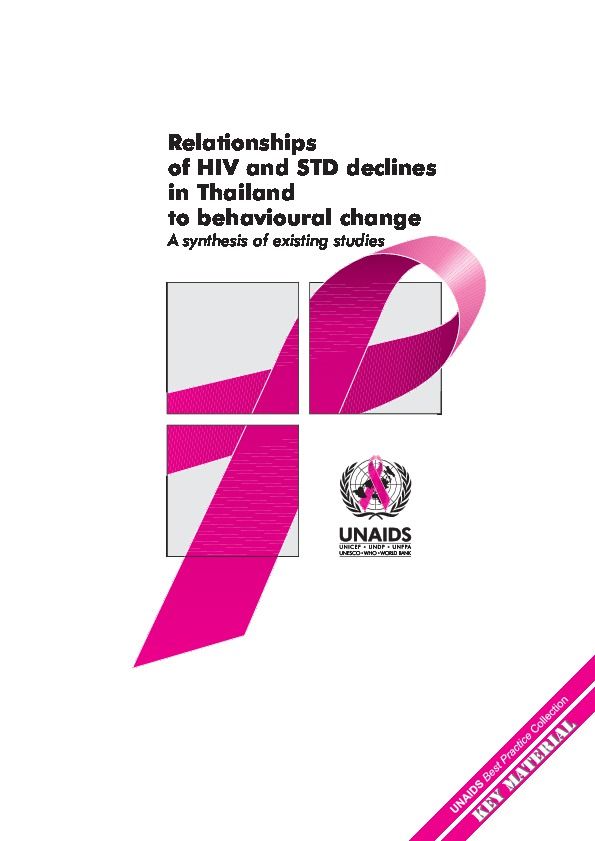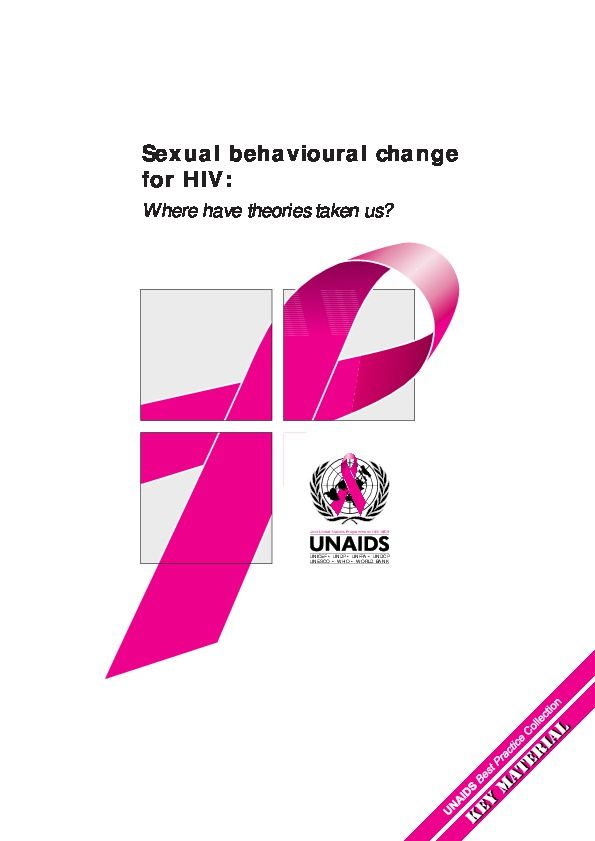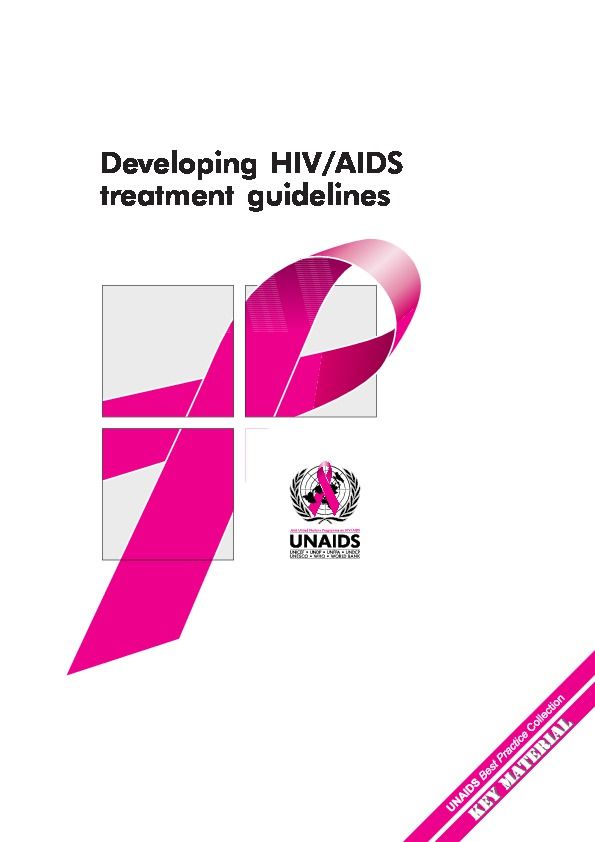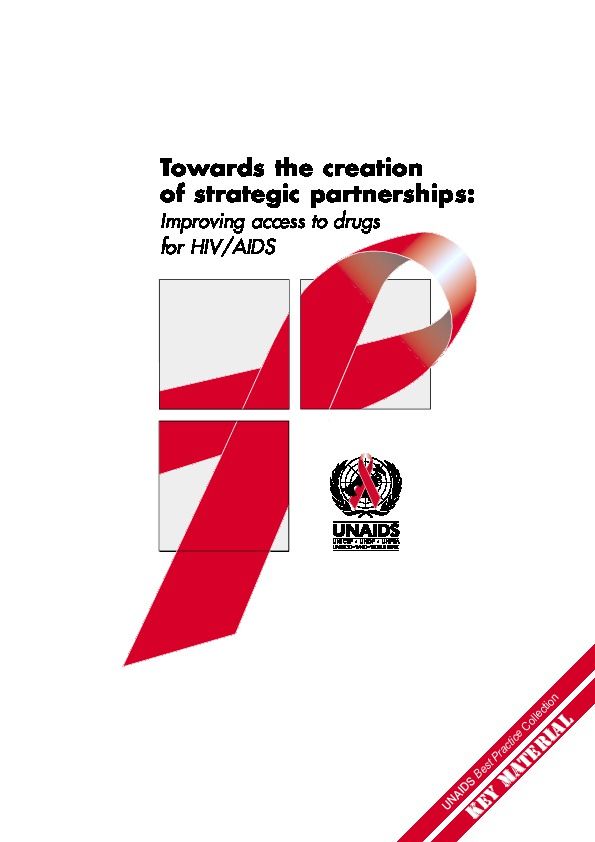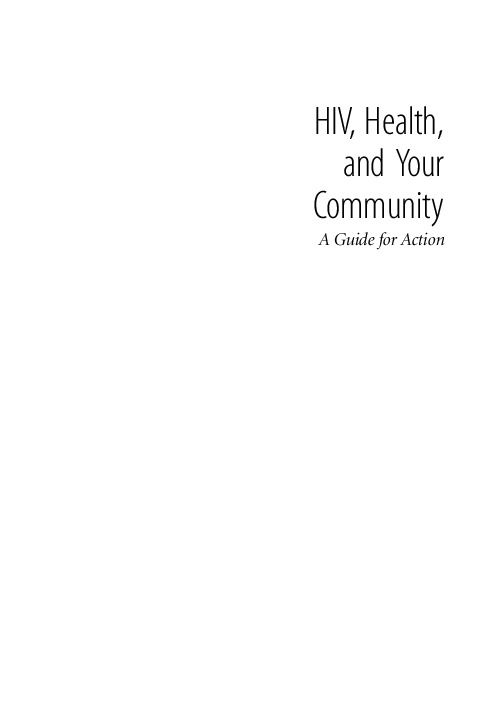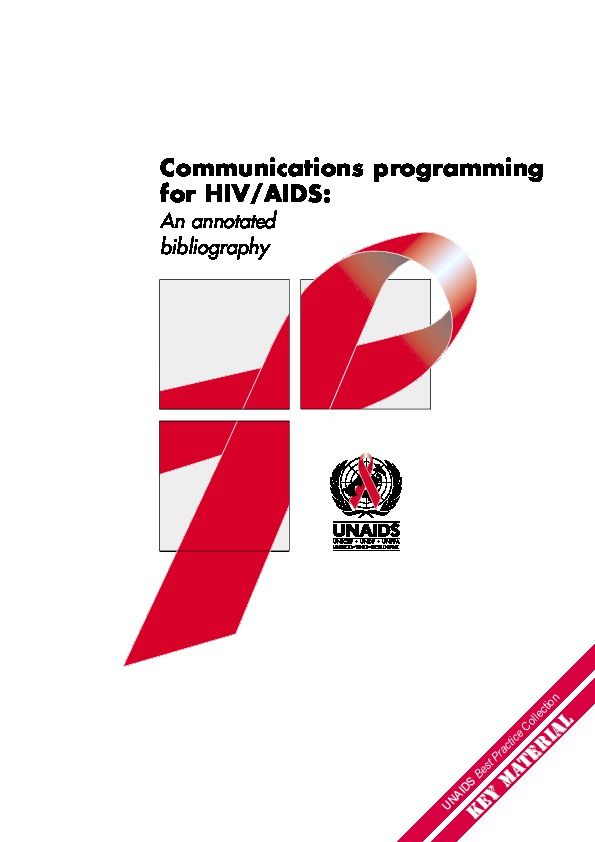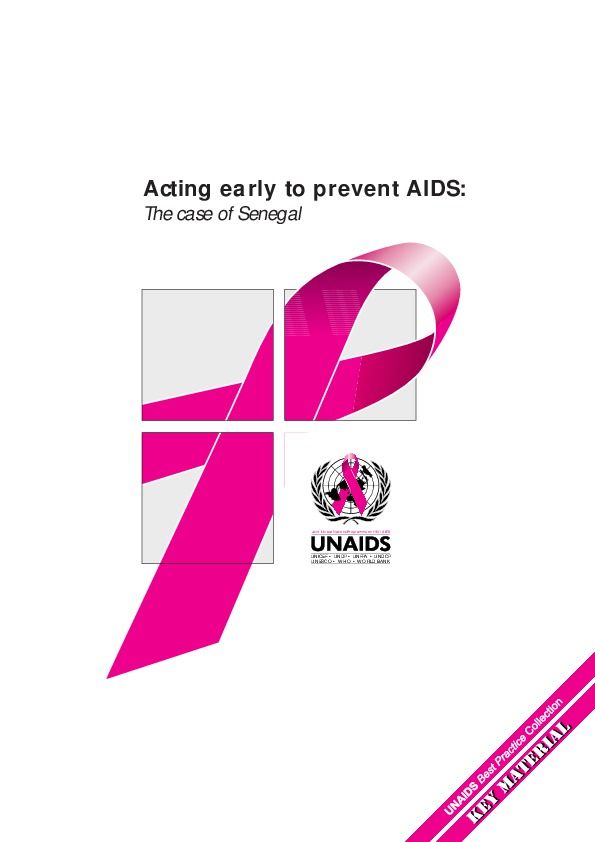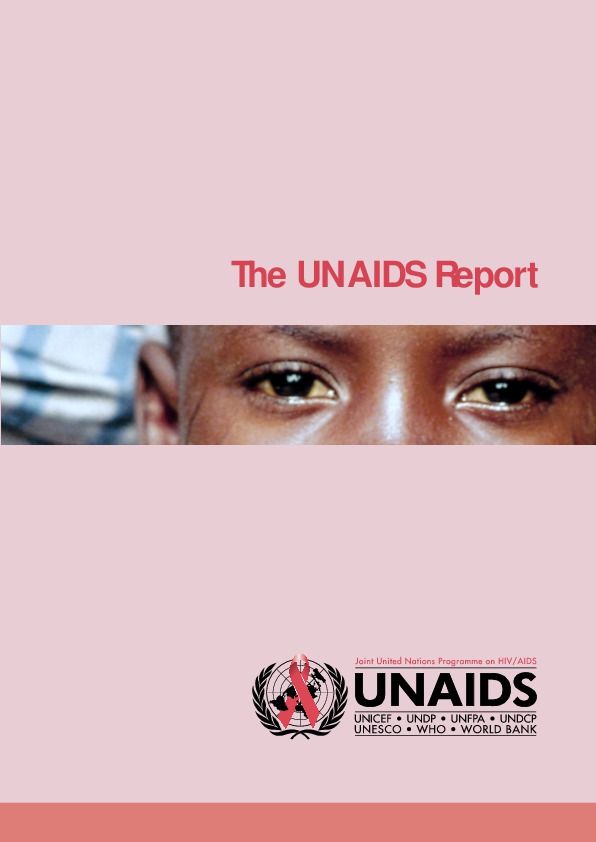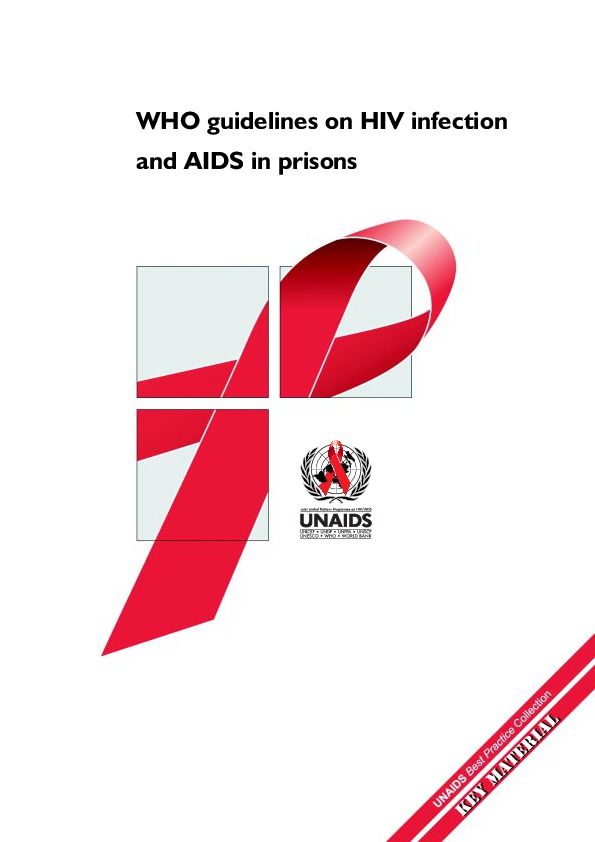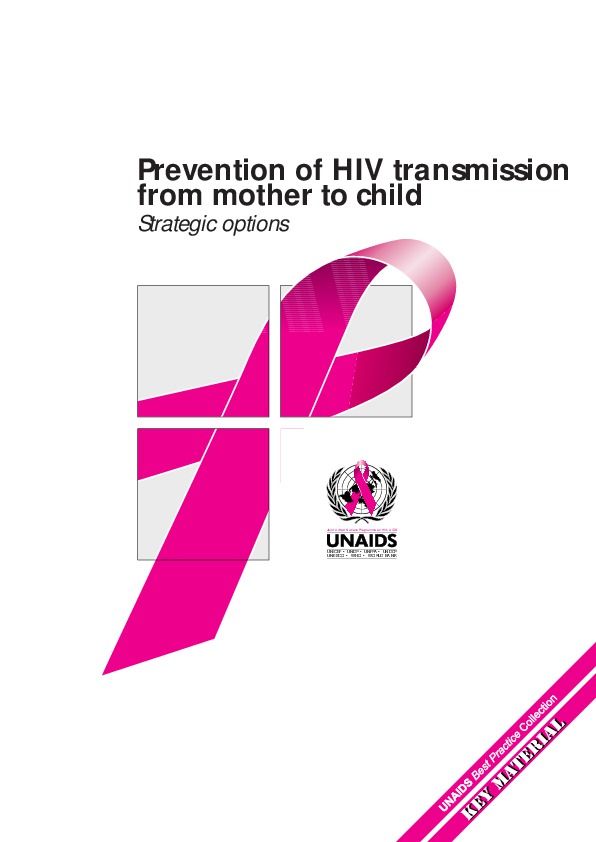Documents
Sexual behavioural change for HIV: Where have theories taken us?
29 June 1999
Finally, this review was organized into four sections, including: • a brief overview of theoretical models of behavioural change • a review of key approaches used to stem sexual transmission of HIV • a summary of successful interventions targeting specific populations at risk • and a discussion of remaining challenges.
Documents
Developing HIV/AIDS treatment guidelines
30 June 1999
This document introduces the methods used to appraise and develop clinical guidelines, making specific reference to HIV/AIDS. It is recommended for use by policy makers, guideline development committees and other people responsible for ensuring the validity of guidelines. It is intended to support the development of guidelines
Documents
Communications programming for HIV/AIDS: An annotated bibliography
05 July 1999
This document contains 667 references and has been organized according recent findings in our review of the application of current communication frameworks to HIV/AIDS communication. In short, there seems to be a consensus among academics, researchers, and practitioners that a new framework in HIV/AIDS communication must not only take into account theoretical and practical frameworks traditionally applied to HIV/AIDS communication (namely theories in social psychology), but also must consider the concept of context, defined as the interrelations of five key domains: government policy, spirituality, gender relation, culture, and socio-economic status. In other words, future HIV/AIDS communication efforts must address individual beliefs and actions within certain contexts that influence HIV/AIDS education and prevention.
Documents
Acting early to prevent AIDS: The case of Senegal
06 July 1999
Information in this document is drawn from several sources. Much of the information about marriage and age of sexual activity comes from Demographic and Health Surveys (DHS), an international survey programme that asks questions of a nationally representative sample of men and women. In Senegal, the most recent DHS was carried out in 1997.
Documents
The UNAIDS REPORT
21 July 1999
This report shows, the spread of HIV can be curtailed and the impact of AIDS alleviated.Countries everywhere need to base their response on policies known to be effective against AIDS – and setting these policies can take political courage. Countries also need financial resources to confront AIDS. It is now clear that the funding available comes nowhere near the real funding needs of the developing countries, which bear the brunt of over 90% of the epidemic.
Documents
WHO guidelines on HIV infection and AIDS in prisons
14 September 1999
These guidelines were prepared on the basis of technical advice provided to WHO prior to and during a consultation of experts convened in Geneva in September 1992. The consultation included representatives of international and nongovernmental organizations and government departments with a wide range of experience and background in the health, management, and human rights aspects of HIV/AIDS in prisons. The guidelines provide standards - from a public health perspective - which prison authorities should strive to achieve in their efforts to prevent HIV transmission in prisons and to provide care to those affected by HIV/AIDS. It is expected that the guidelines will be adapted by prison authorities to meet their local needs.
Documents
Prevention of HIV transmission from mother to child
14 September 1999
The purpose of this paper is to review the key issues for consideration in policy-making, and to propose ways in which the strategy might be tailored to suit local conditions. The paper is intended for all those with a part to play and a special interest in national policy making with respect to HIV prevention and care.

